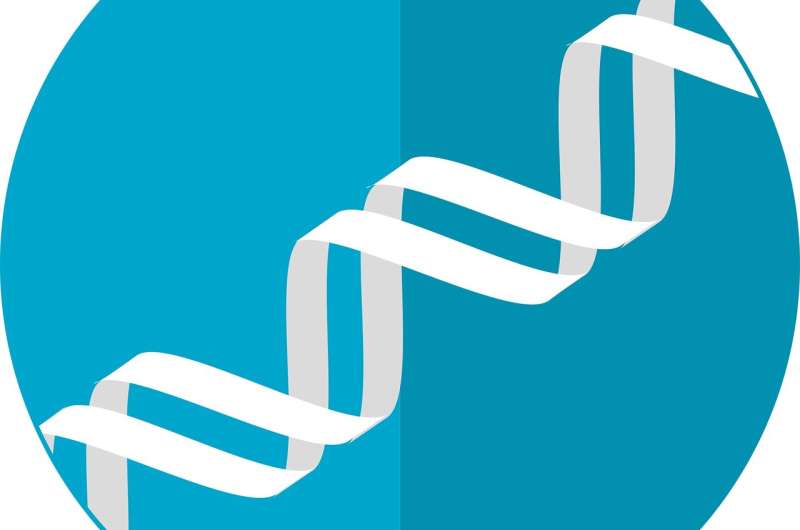Researchers discover the link between ribs and lung function in patients with brittle bone disease

A multidisciplinary team headed by Valencia University (UV) professor Juan Alberto Sanchis Gimeno reports on the link between the shape of the ribs and lung function in patients with osteogenesis imperfecta, a rare disease that affects one of every 18,000 newborns. Their study has been published in the Journal of Advanced Research.
Osteogenesis imperfecta is a genetic disease caused by a malfunction of Type I collagen, the most abundant protein of bone tissue's extracellular matrix. "The disease is mainly caused by mutations of the genes that code the alpha chains of type-I collagen—COL1A1 and COL1A2—although mutations in 14 other genes have also been linked to the disease," explains Juan Alberto Sanchis Gimeno, from the UV.
Osteogenesis imperfecta was initially classified into four clinical types, Type I, II, III and IV, each with a different life expectancy. The study has focused on osteogenesis imperfecta Type III, one of the most severe, which is also linked to a gradual deformity of the rib cage. Likewise, additional types have been identified in recent years as genetic knowledge of the disease has increased.
Using 3-D geometrical morphometry, the research team measured the morphology of the rib cages of patients with the disease, and found significant links between the shape of the ribs and the total air volume that subjects expelled following a maximal inspiration and during the first second of a forced expiration. The study showed that the deformities of the ribs were linked to low values of both parameters.
The research determined that the physical marker is characterized by more horizontally aligned ribs, greater rib cage asymmetry, shorter thoracolumbar spine and a pronounced curvature in the thoracolumbar region; the subjects had reduced respiratory function. This data confirms the hypothesis that there is a direct link between the progressive structural modifications of the rib cage and the pattern of breath volume variations in patients with severe osteogenesis imperfecta.
"As osteogenesis imperfecta is a progressive disease with no cure, in which the main cause of death is from respiratory complications, our results suggest that patients with this disease need early therapeutic actions to delay and/or prevent the appearance of thorax deformities linked to worse respiratory function," explains Sanchis Gimeno. "Since childhood, there could be a combination of a specific physical therapy protocol aimed at rib cage muscles, surgery and specific orthopaedic attention to prevent the appearance of the thorax deformities we submit."
Markus Bastir, researcher from the National Natural Sciences Museum (MNCN-CSIC) and head of the Virtual Morphology Laboratory, says, "This project is a good example of how a basic field of research such as paleoanthropology can provide methodologies, in this case the morphometry of the thorax in three dimensions, to biomedical research to suggest new therapeutic treatments and procedures."
More information: Juan A. Sanchis-Gimeno et al. Association between ribs shape and pulmonary function in patients with osteogenesis imperfecta, Journal of Advanced Research (2019). DOI: 10.1016/j.jare.2019.10.007

















